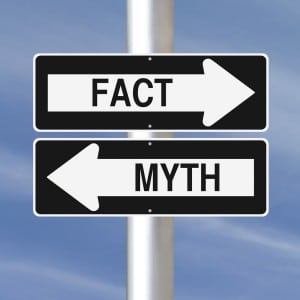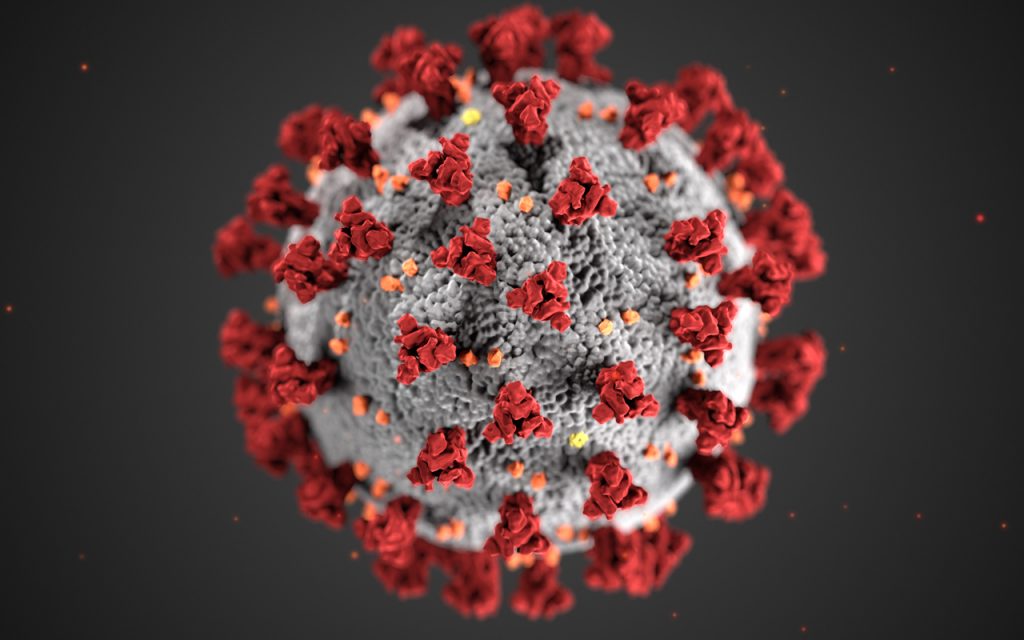Introduction
Creating a coronavirus vaccine seems like such a simple thing, doesn’t it? However, creating any vaccine is among the most complicated and arduous endeavors in medicine. As opposed to most medicines, a successful vaccine will be distributed to billions of people worldwide. In this Straight, No Chaser, we’ll look at the general process of vaccine creation as a means of understanding what has to happen prior to having a safe and effective coronavirus vaccine.
The Decision to Make Any Vaccine

The decision and process of making a vaccine is quite involved. I’ll summarize several of the considerations here.
Rationale and Target Immunization Rates
- First, there has to be a public health rationale for a vaccine. There has to be an infectious disease present that’s severe and frequent enough to pursue a vaccine beyond other preventive strategies. That’s why there’s no vaccine for the common cold. Although everyone gets it, the body handles it just fine.
- The ability to achieve target immunization rates has to seem reasonable. The World Health Organization has a target of 90% coverage for all vaccines by 2020. That level of coverage ensures protection for the others in the population who can’t receive the vaccines due to allergies or other reasons. If this goal can’t be approximated by the verbalized support of target populations around the world, the effectiveness of the vaccine may not be enough to justify the process of developing it.
Efficacy and Side Effects
- Efficacy of the vaccine in preventing the disease sounds like a given, but it’s not. First, a vaccine needs to stimulate an immune system response that doesn’t under react or overreact. Either scenario could be deadly, so a level of precision is a must. This also involves discovering if a live vaccine or inactivated particle proteins from the virus can be used to stimulate that response. Furthermore, good efficacy takes into consideration that viruses are quite adept at mutating. The art of vaccines involves adjusting to keep current with the different viral strains and the viruses’ efforts to stay alive. We can expect this coronavirus to be an adaptor and/or mutator because it’s an animal virus. It’s already proven able to adapt from the environment of bats to humans.
- The frequency and severity of vaccine side effects and adverse reactions are equally as important as efficacy. Can you imagine the consequences of giving a deadly vaccine to billions of people without having fully tested it? In a world prone to medical skepticism anyway, it’s a must that at least the medical, public health and regulatory communities are in agreement about safety considerations based on science, even if the public is not. Typically, each stage of studies (including pre-clinical, animal and human trials) will need to be replicated at multiple medical institutions in multiple different types of populations to ensure the results of one anecdotal case or study weren’t a dangerous random event.
Remembering that a pharmaceutical company is pursuing the development, testing and distribution of a vaccine, there has to be a business case for one. Vaccines don’t get made just because a new disease shows up. The costs of development ultimately will need to be recouped. However, the public will be equally insistent that the vaccine be cost-effective. There’s a lot to consider. There certainly appears to be justification for creating a coronavirus vaccine.
The Incentives to Make Any Vaccine

Here’s where I remind you that it’s not a governmental endeavor to make vaccines. These are decisions made by pharmaceutical companies. Potential vaccines are subject to approval by the equivalent of FDAs (Food and Drug Administrations) countries around the world. There are many regulatory hurdles to be cleared by the FDA before a coronavirus vaccine could be given widely to the US population.
This process is so arduous that it historically has taken between two and fifteen years to develop a vaccine. In fact, the most recent vaccine with which you may be familiar (the varicella vaccine, for prevention of chicken pox) took about 11 years to be licensed by the US FDA.
Considering all of that, think of the investment that must be made into making a coronavirus vaccine. There’s the study of a new virus, with the need to learn its genetic code, the means of causing disease and how it reacts to different threats. Mutation and other modes of adaptation need to be considered. There is a ton of work to be done before the process of creating a vaccine can even begin. Then the process has to go through animal models and rounds of human clinical trials prior to approval. As noted, the “chickenpox vaccine” took about an 11-year investment that needed to be paid for by the pharmaceutical manufacturer. That’s a long time and a big financial risk to take. Even while the public is demanding cost-effectiveness, somehow the manufacturer has to recoup its investment and make a profit.
The Prospects of a Coronavirus Vaccine

Now having discussed these things, consider where we are with a vaccine for the virus causing COVID-19. It’s named SARS-CoV-2, by the way. As a reminder, the world outside of China first gained access to the RNA sequence of the virus in January – just two months ago. There are now facilities in the US, Europe, Australia and possibly China already beginning the arduous process of learning enough about the virus that a vaccine may be proposed, developed, tested and approved.
Honestly, there is no way to predict when a SARS-CoV-2 vaccine will be available because there are multiple substantial steps to be taken. Each of these steps come with challenges, potential obstacles and potential setbacks. It would be irresponsible to even present a best-case scenario (but a target of 12-18 months has been placed as a challenge). However, you can rest assured that multiple entities across the world are putting forth their best efforts. In the meantime, prevention and early detection remain our best defenses while efforts continue on a coronavirus vaccine and effective treatment.
Follow us!
Feel free to #asksterlingmd any questions you may have on this topic. Take the #72HoursChallenge, and join the community. As a thank you, we’re offering you a complimentary 30-day membership at www.72hourslife.com. Just use the code #NoChaser, and yes, it’s ok if you share!
Order your copy of Dr. Sterling’s books There are 72 Hours in a Day: Using Efficiency to Better Enjoy Every Part of Your Life and The 72 Hours in a Day Workbook: The Journey to The 72 Hours Life in 72 Days at Amazon or at www.jeffreysterlingbooks.com. Receive introductory pricing with orders!
Thanks for liking and following Straight, No Chaser! This public service provides a sample what you can get from http://www.docadviceline.com. Please share our page with your friends on WordPress! Like us on Facebook @ SterlingMedicalAdvice.com! Follow us on Twitter at @asksterlingmd.
Copyright © 2020 · Sterling Initiatives, LLC · Powered by WordPress





